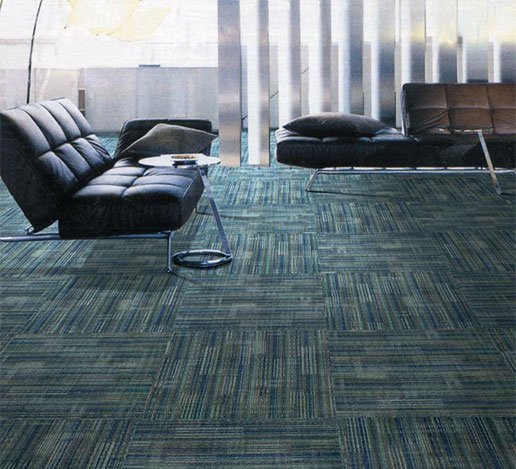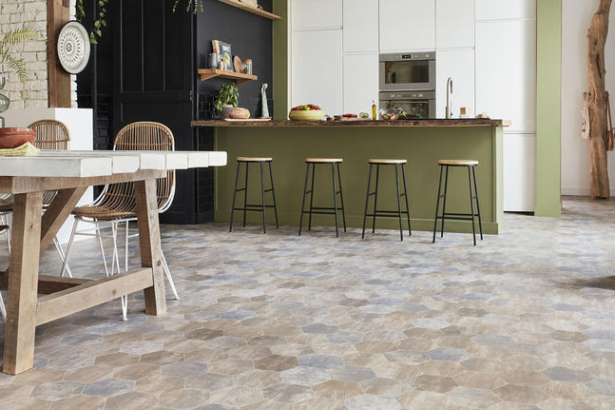Carpets are an age-old floor covering used to add beauty to the floor or protect it as well as reducing the effect of cold weather in a house. They have been used for centuries as a symbol of hedonism or opulence. In some cultures, they are used religiously to cover prayer surfaces as well as making walls look beautiful. Carpet or rugs as they are traditionally called have been used for many purposes, as flooring they help keep the room warm in cold temperatures or just add aesthetic value where it is not too cold. They are made using either natural or synthetic fibers or both. They vary in quality, depending on the style used to make them but they are all made from one or a combination of the following material:
- Acrylic
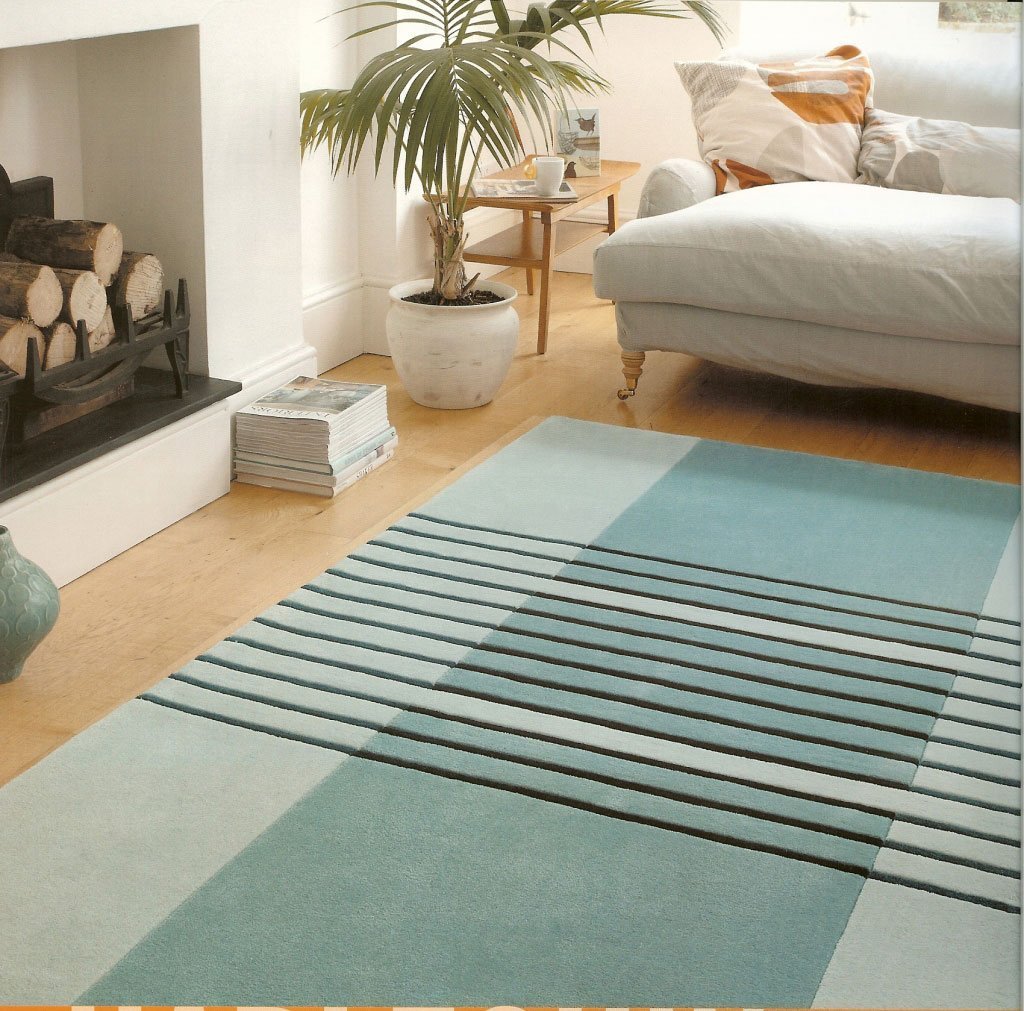
These is a synthetic material that was first used for carpet making in the late fifties, it revolutionized the carpet world by offering a cheaper and easier way of making carpets. The only downside being that it is hard to dye but all the same, it is easy to maintain, it retains its color and can be washed by hand. Many people prefer acrylic carpets because they feel and look like wool carpets.
- Nylon
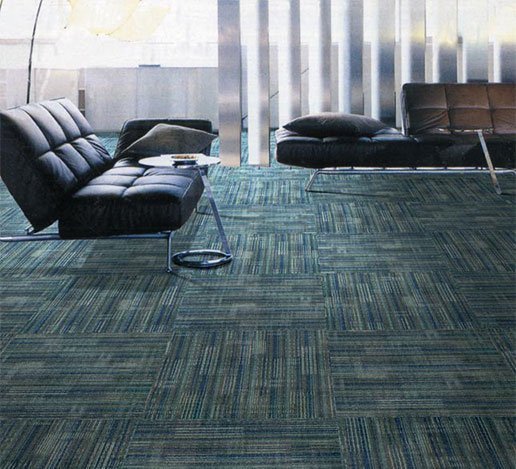
The most common nylon used in carpet making is nylon 6. In today’s world with the decrease in amount and increase in the price of wool, nylon has become the best replacement because of its strength, availability, versatility and the fact that it takes in dye easily and is stain resistant. However, it is always fluctuating in terms of price, as sometimes the productions costs are high due to rising costs of oil products.
- Wool
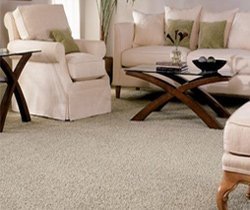
It is the original material used to make carpets and rugs back when the loom was used to weave the rugs and design them. It is durable and easy to dye compared to all other materials used for this function. However, the availability of wool has led to the decline in wool rug production and has made such rugs very expensive. Today, manufacturers blend the wool with artificial fibers to produce quality carpets that are 80% wool and 20% synthetic.
- Polyester
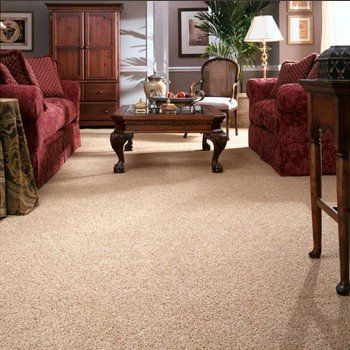
Polyester just like nylon has fabulous properties that make the carpet strong and able to withstand stains, pressure and water. Its color is infused when the polyester is molten and it is therefore hard to lose. The fibers are strong making the caret durable but the fibers do not last long under too much pressure. They are however affordable and are found in most homes for insulation against the cold. The most common polyester polymer used for carpet making include Sorona and Corterra.
- Bamboo and papyrus
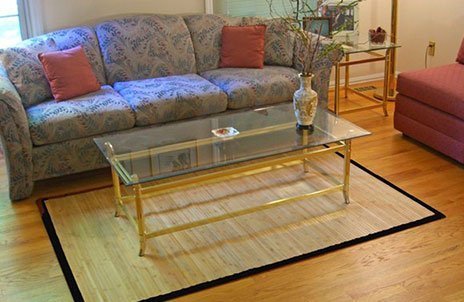
These materials have been used over the ages to make carpets and mats and can be used with the other materials and be used as carpet bindings to be used on the ends of the carpets, which appear as strands from the main carpet. They can also be used to make whole carpets used in countries such as Fiji and Samoa, as well as in some places in Hawaii.
Search Flooring by Brands
Search for all our Brands
West Coast Flooring Center, San Diego Flooring Leader. We are an authorized Tile, Hardwood, Laminate, Carpet, Vinyl Hardware and Cabinets Dealer for Top Brands. You are welcome to come to our new showroom or shop at home/office with our Mobile Office. Free Floor design at your desire location and floor sample. Schedule Now!!
Search Flooring by Categories
Area Rugs | Carpet | Countertops | Green Floors | Hardwood | Laminate | Natural Stone | Tile | Vinyl
